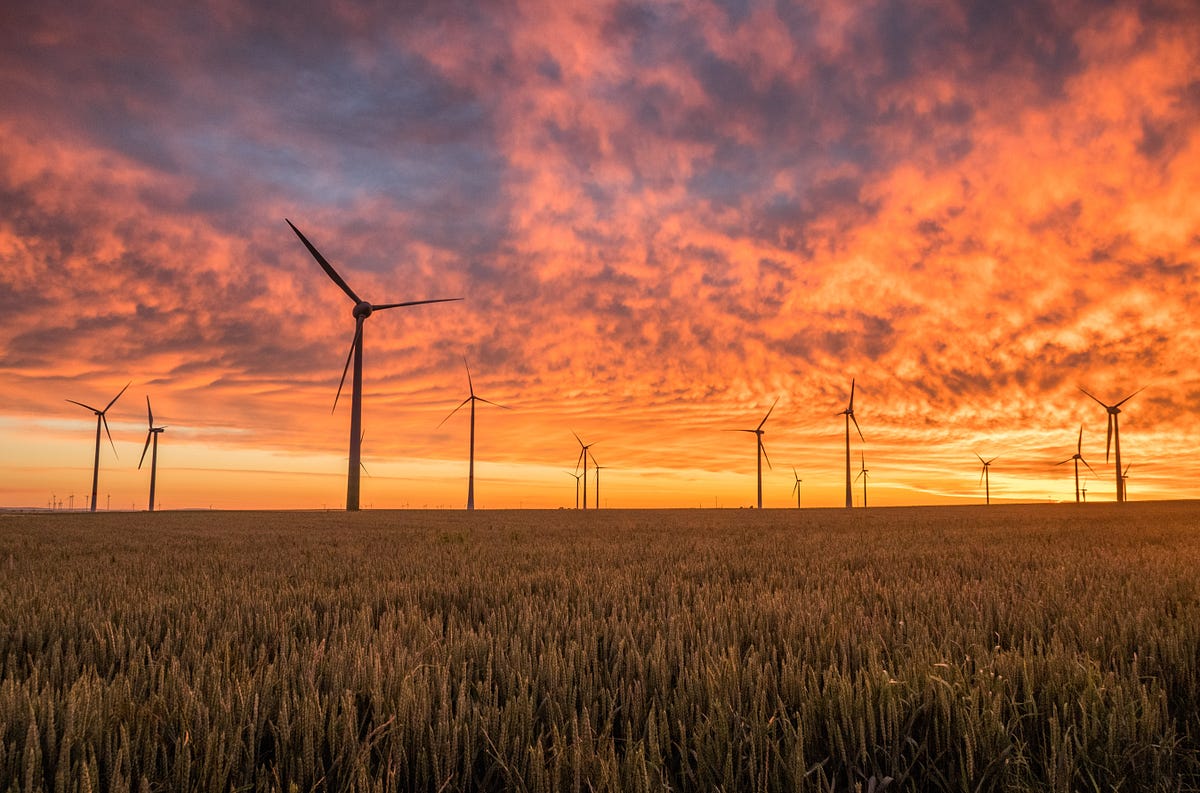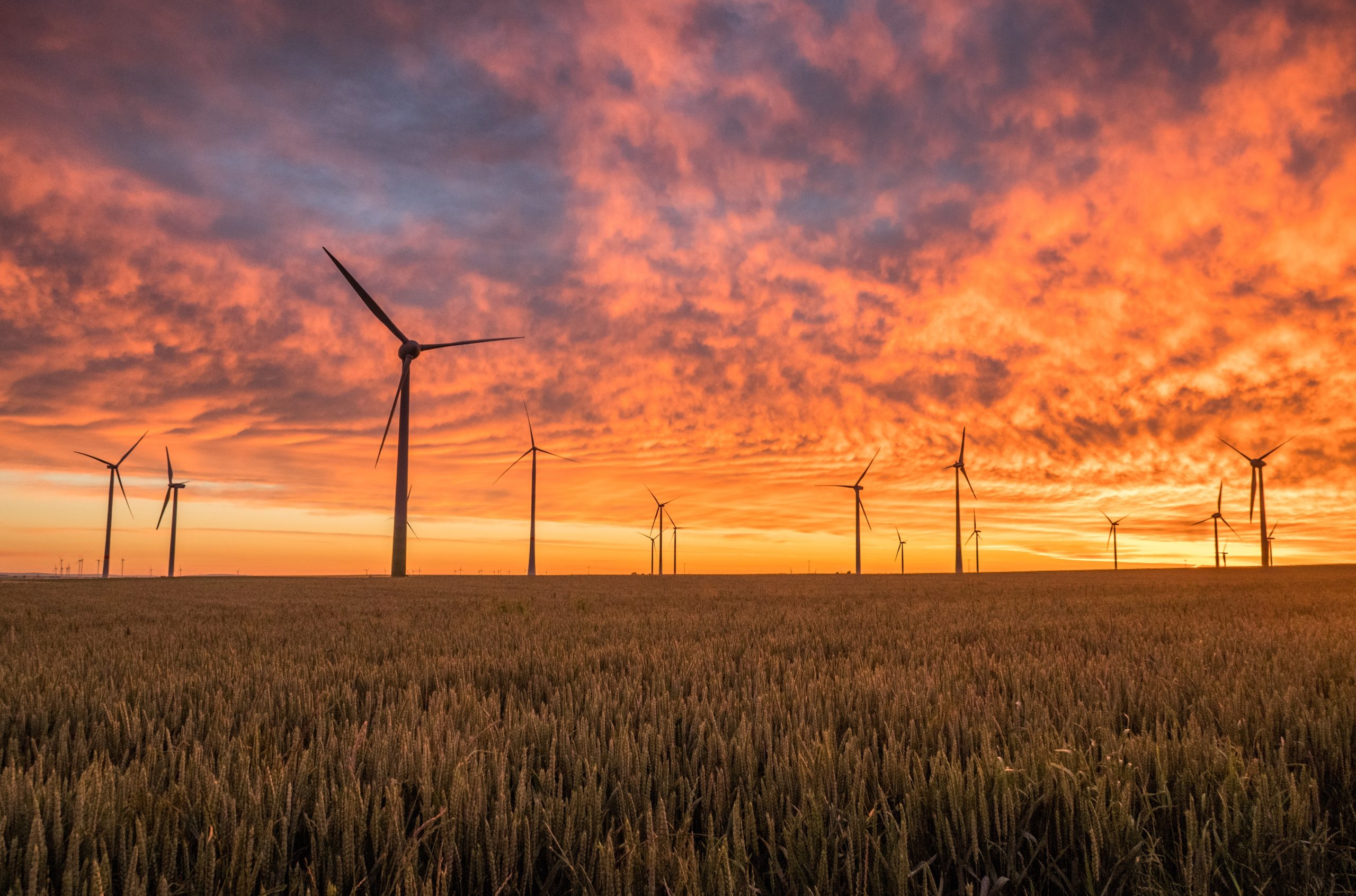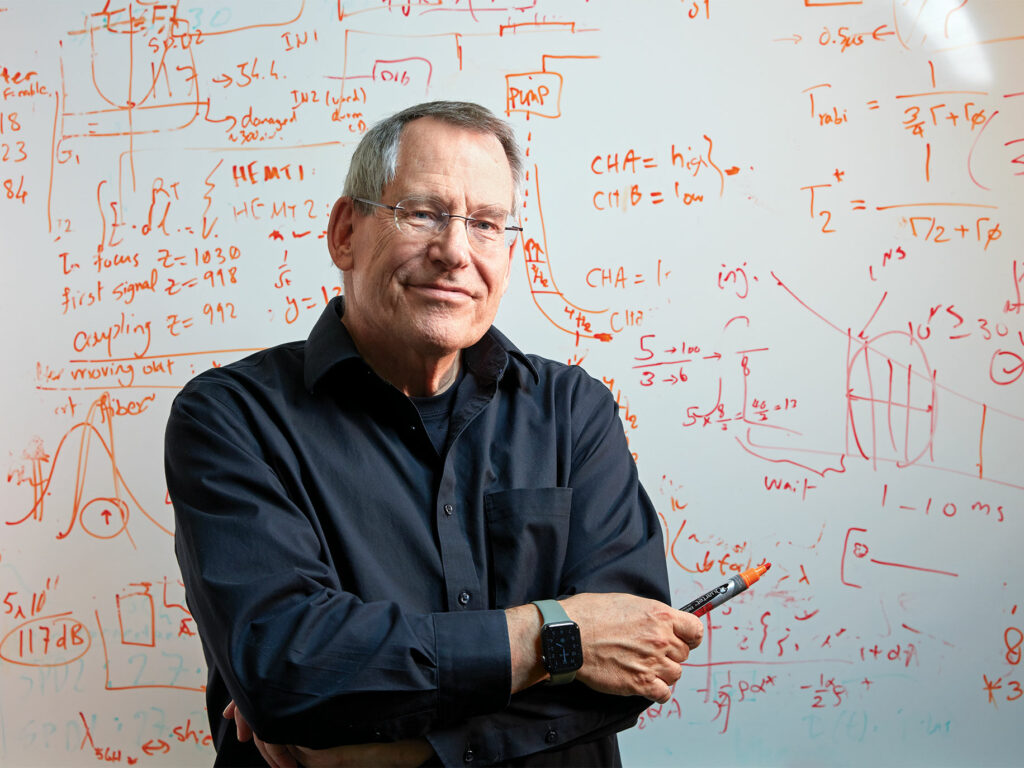
Sustainable Energy
Alternative methods for producing energy are more important now than ever. Seeking cleaner, cheaper and safer ways to produce electricity is something governments around the world have been thinking about for a long time.
Solar, nuclear and hydroelectric power. Wave energy. Biofuels and natural gas. Geothermal power. These are the most common around. Some of them, unfortunately, have many detractors: Chernobyl in 1986 and the Fukushima Daiichi nuclear disaster nearly a decade ago — plus a dozen other minor infractions — have created the scenario where nobody, and I mean nobody, wants a nuclear power station built in their backyard.
And it’s a shame because if managed correctly, nuclear power is cheap to produce with a low pollution ratio.
Wind power, like others, has its advantages and disadvantages — again it’s clean. And sustainable, though people complain that wind turbines are an eyesore.
Which they probably are.

Would you prefer to look at a field of them or a field of trees?
I know what I’d rather gaze at.
The Jiuquan Wind Farm in China, with its 7,000 wind turbines and a planned installed capacity of 20GW, is the largest in the world. Situated in Jiuquan, Inner Mongolia, Hebei, Xinjiang, Jiangsu and Shandong provinces of Gansu, China, it is an almighty scar on a once beautiful landscape.
Alta Wind Energy Centre, in California, too, has a capacity of 1,548MW, less than its Chinese counterpart but still big, and again, not nice to look at when the sun sets in the west.
But this is what we have to sacrifice if we want energy that doesn’t set Greta Thunberg off on another hissy-fit.
Whether or not wind power will be the go-to method for producing the world’s energy this century and beyond, is up to the energy departments of the world’s governments.
If wind turbines are going to be part of our landscape as they rise in popularity, they need to operate to optimal capacity, reducing waste and producing as much power as possible.
Wake Effect
One problem current technology with wind turbines has is a phenomenon called wake effect.
The wake effect is when:
Wind turbines extract energy from the wind and downstream there is a wake from the wind turbine, where wind speed is reduced. As the flow proceeds downstream, there is a spreading of the wake and the wake recovers towards free stream conditions. The wake effect is the aggregated influence on the energy production of the wind farm, which results from the changes in wind speed caused by the impact of the turbines on each other. It is important to consider wake effects from neighbouring wind farms and the possible impact of wind farms which will be built in the future.
— Wind Energy — The Facts, a European project financed by the Intelligent Energy Europe program of the Executive Agency for Competitiveness and Innovation
Now that that technicality has been sorted out, maybe it’s best to talk about what solutions are out there.
Algorithms that can optimally position wind turbine placement have been around for a number of years. All these, however, have been formulated using classical computers.
But in recent years, quantum computing’s (QC) solution just might solve some of the biggest problems in this area. And there’s one that hails from the land of Davy Crockett and Dolly Parton.
Qubit Engineering Inc
Qubit Engineering Inc, a Knoxville-based QC startup with a team all educated at The University of Tennesse, believes they have found, via quantum algorithms, ‘new optimization methods for micro-siting for wind turbines’.

Founded by three quantum physicists and engineers in 2018, the team of entrepreneurs is adamant wind farm design can be improved upon, inevitably lowering the cost of projects in the space.
WIND FARM LAYOUT OPTIMIZATION POWERED BY QUANTUM COMPUTING
— Qubit Engineering
Big Orange. Big Ideas
CEO and co-founder, Marouane Salhi, who has a Ph.D. in theoretical and computational physics from the University of Tennessee, sees it as his destiny to ‘harness the power of the quantum realm’.
Joining him is George Siopsis, the startups CTO, co-founder and theoretical particle physicist professor at the University of Tennessee.
The last of the bunch is CTO Hatem El Dakhakhni, the third cofounder with a Ph.D. in biomedical engineering.

Backing the startup financially are investors S28 Capital and Bloomberg Beta. While partners D-Wave Systems, Rigetti Computing, Xanadu and Amazon Web Services are strategic partners in the technical aspects of things.
Qubit Engineering provides wind farm operators with intelligent guidance on how to optimize wind farm production
— Qubit Engineering
We can, as humans, influence a lot of things on this earth. One thing, we can’t, however, do, is foresee how the weather influences our lives.
The wind including.
Didn’t Victor Hugo say:
‘Madame, bear in mind that princes govern all things–save the wind.’
I think he did.
Yet maybe the age of quantum can change the wind.


















